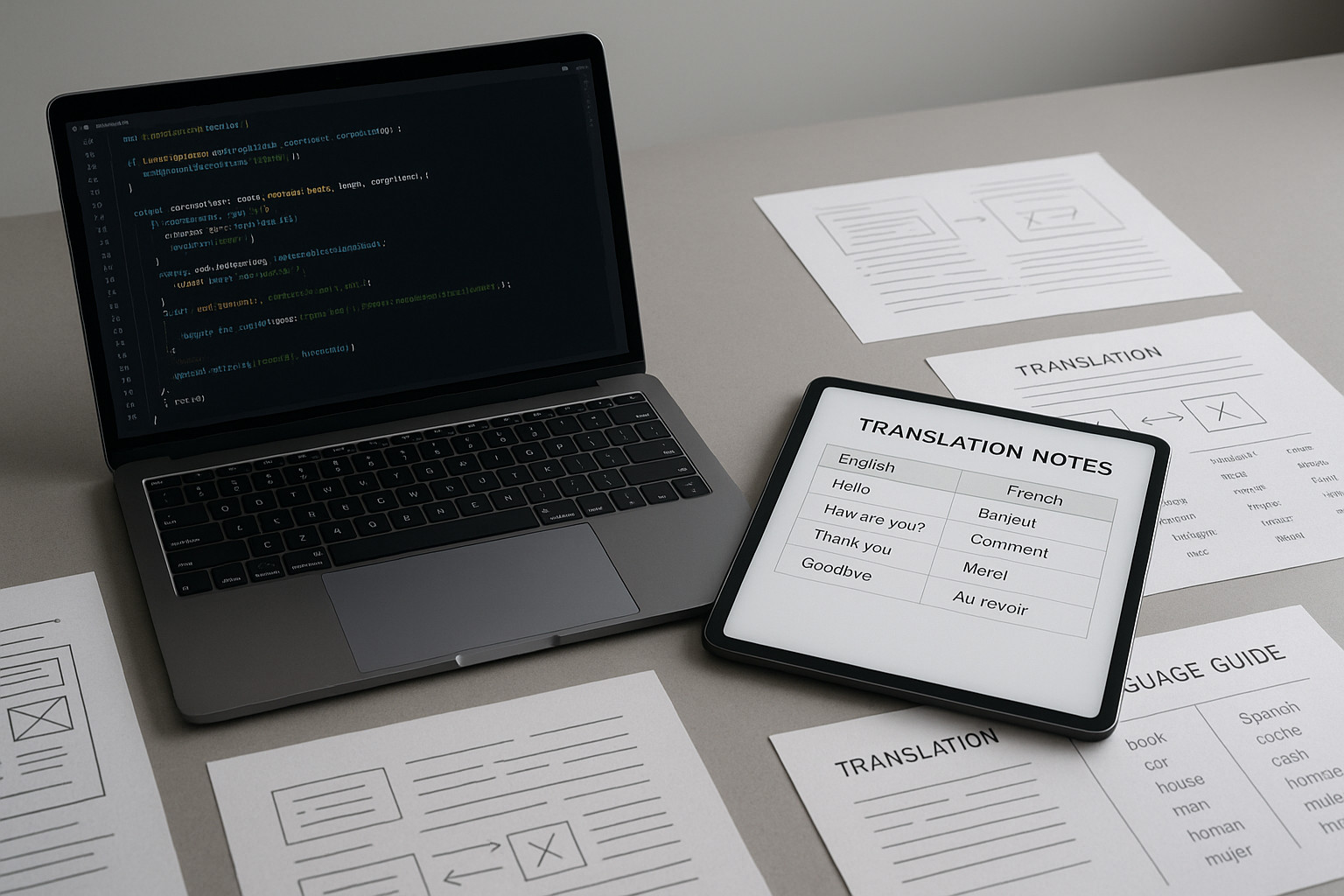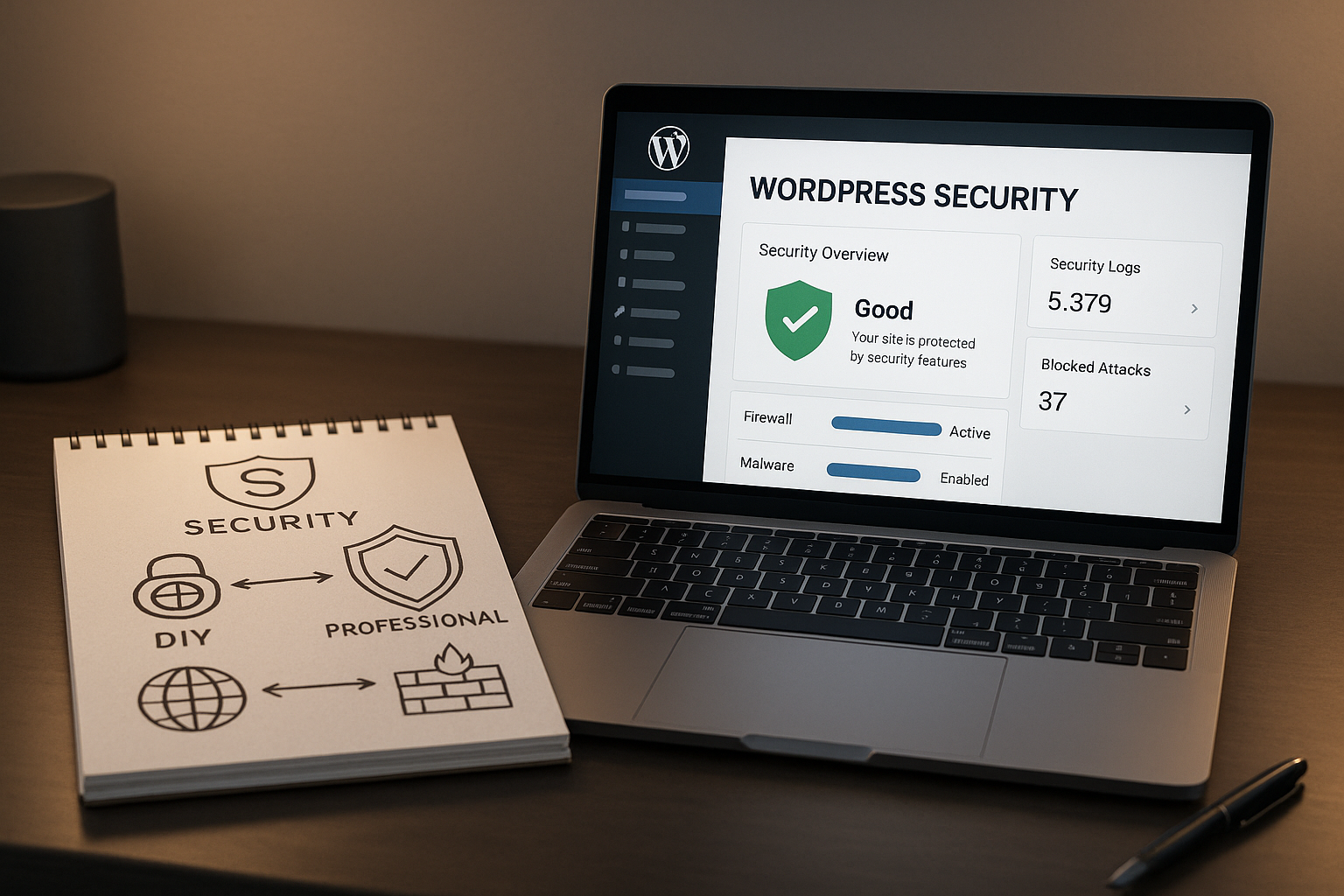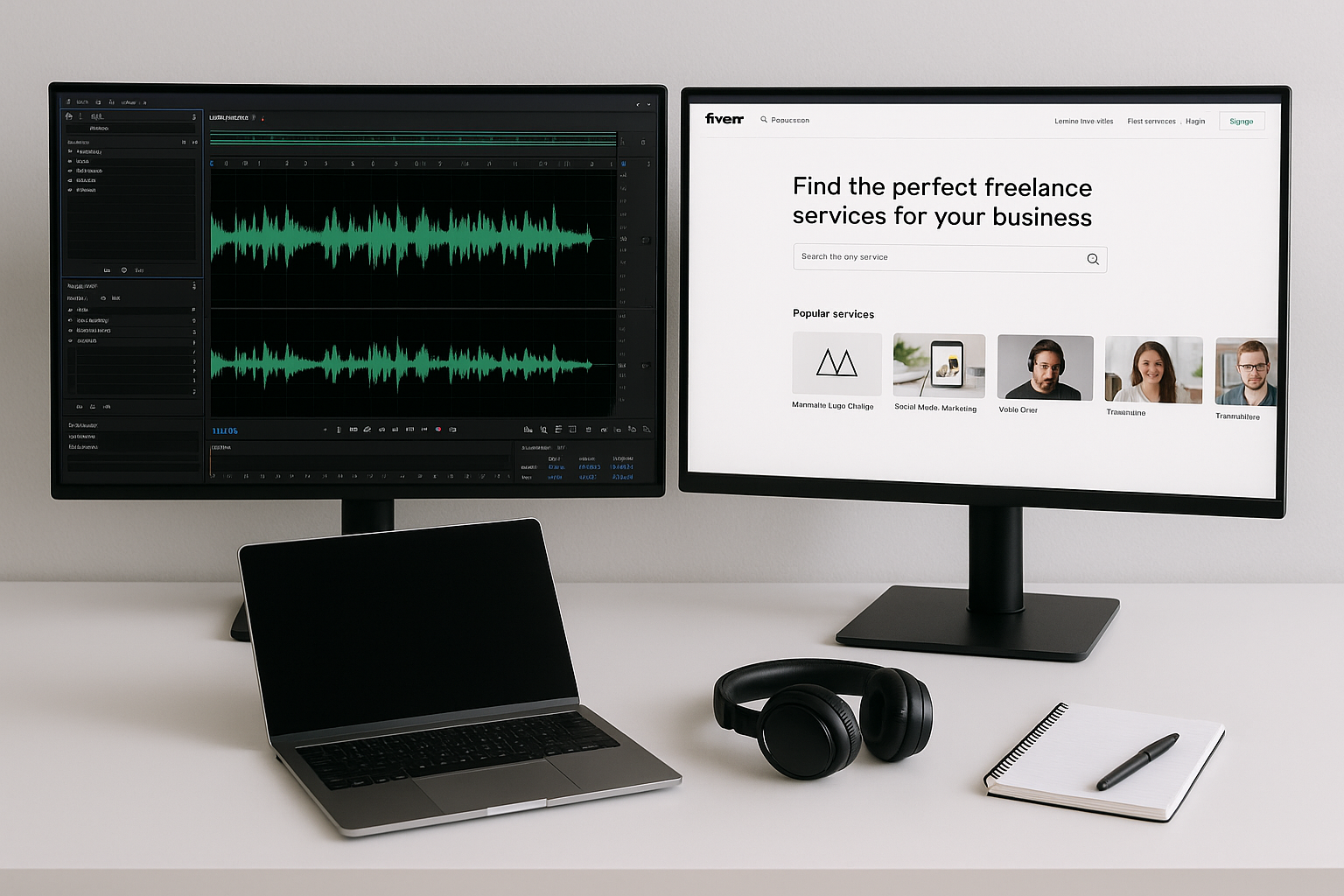google translate vs fiverr translator is a pressing question for business owners seeking effective multilingual communication. With international markets at our fingertips, the choice between a free machine translation tool and a budget-friendly freelance platform can significantly impact brand perception, accuracy, and overall growth potential. In this post, we will explore why translation quality matters, how to weigh different options, and what to consider when deciding on the best approach for your needs.
Key Takeaways
- Multiple Translation Options: Machine translation, DIY website localization, and outsourcing to freelancers each have distinct pros and cons.
- Quality vs Cost: Google Translate is free but can introduce quality issues, while Fiverr translators offer human insights at varying price points.
- Brand and Context: Accurate cultural adaptation is critical, especially for key marketing copy and user-facing content.
- Risk Factors: Relying solely on machine output may lead to errors, while outsourcing can reduce risk at a higher cost.
- Strategic Evaluation: Consider budget, turnaround time, target languages, and the importance of brand voice when choosing the right translation method.
1. Why Translation Matters
Expanding a business into global markets requires more than just a quick language swap. Words carry cultural nuances, legal implications, and subtle tones that can make or break brand image. According to a study by CSA Research, 68% of internet users prefer consuming content in their own language, which underscores the significance of accurate translation.
When language barriers arise, your brand risks alienating potential customers. Poorly translated content can distort meaning, confuse readers, and even weaken your credibility. Before diving deeper into google translate vs fiverr translator, it’s essential to note that the stakes go beyond cost. Effective translation involves a delicate balance of context, subject knowledge, and cultural awareness.
2. google translate vs fiverr translator: A Straight Comparison
The debate around google translate vs fiverr translator comes down to speed, cost, and accuracy. Google Translate is a free, machine-based tool that instantly renders text in over 100 languages. Meanwhile, Fiverr offers human translators with varying expertise, rates, and turnaround times. In both cases, budget-conscious businesses can find solutions, yet the outcomes diverge significantly depending on your project’s complexity.
| Criteria | Google Translate | Fiverr Translator |
|---|
| Nature of Service | Machine-based translation at zero direct cost | Human translators with diverse skill levels |
| Turnaround | Instant | Hours to days, depending on project size |
| Contextual Accuracy | Often struggles with idioms and slang | Tends to handle nuances better, but varies by freelancer |
| Confidentiality | Unclear data usage policies | Option to request NDAs or confidentiality clauses |
| Costs | Free for basic use or $20/million characters (API) | Varies; roughly $5–$500+ total, or $0.04–$0.35/word |
| Risk | quality issues machine translation due to lack of human review | Potentially inconsistent quality; research and vetting needed |
When choosing between google translate vs fiverr translator, simplicity and budget often steer many toward Google’s free service. However, any crucial marketing or legal text may require a human touch to avoid misunderstanding. A Pew Research analysis found a notable gap in concept accuracy between professional translators and machine output.
3. DIY Website Localization: Pros and Cons
DIY website localization involves in-house adaptation of your digital content into new languages. This often appeals to businesses aiming to maintain total control over brand voice. However, the scope of localization extends beyond text. It requires addressing design elements, cultural norms, and technical SEO considerations.
Advantages:
- Complete Ownership: In-house teams retain control of brand assets and can tweak content quickly.
- Direct Collaboration: Marketing and development teams can coordinate changes without external dependencies.
Disadvantages:
- Hidden Costs: Licensing computer-assisted translation (CAT) tools or training staff can become expensive.
- Resource Drain: Localization often diverts employees from core tasks, potentially slowing growth.
For guidance on creating content internally versus hiring professionals, you can explore strategies similar to those found in this resource on writing website copy. It highlights how focusing on core competencies instead of myriad tasks can positively impact overall productivity.
4. The Case for Outsourcing: Key Benefits
Beyond simple translations, outsource translation benefits can include expert linguistic insight, scalability, and robust quality control processes. Outsourcing can mean hiring a Fiverr freelancer or working with a specialized Language Service Provider (LSP). Either way, having seasoned translators who understand industry-specific jargon is invaluable for preventing cultural missteps.
Key Outsourcing Advantages:
- Scalability: Large projects spanning multiple languages become manageable under one provider.
- Consistency: Built-in quality assurance cycles, translation memories, and style guides maintain brand voice.
- Time Savings: Outsourced teams often deliver faster because they specialize in translation, freeing up your internal staff.
In one example, Slack localized their user interface across five languages within ten weeks by leveraging a specialized team. Such quick turnarounds can be game-changing for product launches, especially in competitive industries. For parallel discussions on balancing in-house efforts with external experts, consider this comparison of creating promo videos independently versus hiring videographers.
5. Professional Translation Cost on Fiverr
When comparing professional translation cost fiverr to machine translation or large agencies, Fiverr typically sits in the middle. Costs fluctuate based on language pair, project complexity, and the freelancer’s experience level. Negotiating a balance between affordability and expertise is crucial.
Cost Factors:
- Language Pair Scarcity: Rare combinations (e.g., Turkish to Japanese) command higher rates.
- Subject Matter: Specialized fields like legal or medical translation may cost more due to domain expertise.
- Speed: Rush orders sometimes require freelancers to work overnight or on weekends, increasing final fees.
On average, general translation on Fiverr ranges from $0.04 to $0.15 per word for common languages. For complex or rare languages, rates can climb to $0.35 per word or more. Some sellers provide packaged deals for bulk translations, potentially lowering the per-word cost. Careful vetting is vital, as a few unscrupulous freelancers might rely on machine tools, negating the human advantage.
While Fiverr can offer a better human touch than Google Translate, you must do your homework. Checking portfolios, requesting a short trial translation, or reading buyer reviews can go a long way to ensuring accuracy and reliability.
6. Avoiding Pitfalls: Quality Issues with Machine Translation
quality issues machine translation remain a hot topic despite ongoing technological improvements. Erroneous output, contextual errors, and poor handling of idiomatic phrases can tarnish your brand’s image. Google Translate, for instance, may literally translate cultural expressions without capturing the intended meaning.
In a Pew Research study, professional translators reached 95% conceptual accuracy versus about 82% for machine-based approaches. These small gaps can drastically alter consumer perceptions. For businesses, inaccurate language can lead to lost sales, product returns, or damage to brand trust.
Strategies to mitigate such pitfalls include post-editing by human linguists, building extensive glossaries, or employing custom machine translation engines that incorporate domain-specific lexicons. If you have a large volume of content, consider collaborating with a Language Service Provider for robust quality assurance. You can also look at this framework on handling specialized tasks internally vs outsourcing, for parallels in risk management and time allocation.
7. Conclusion
Choosing between google translate vs fiverr translator is not only about cost, but about protecting your brand image, managing turnaround times, and ensuring cultural relevance. Machine translation saves money and provides lightning-fast outputs, yet struggles with accuracy and context. Fiverr freelancers can offer more reliable human insight, though the quality varies and requires thorough vetting.
When the stakes are high—for technical content, legal documents, or critical marketing campaigns—investing in professional human translators or established LSPs is often the wiser route. Meanwhile, for low-priority tasks or quick reads, machine translation can suffice with minimal post-editing. Ultimately, your choice should align with project scope, regulatory requirements, and brand strategy.
We recommend piloting small batches of text with each method before committing. This hands-on testing reveals what works best for your specific content type and helps you refine your localization strategy. Balancing cost savings with quality ensures your brand message resonates across all linguistic and cultural boundaries.
Frequently Asked Questions
Q1: Is Google Translate reliable for technical documents?
Google Translate can handle general text efficiently but may struggle with domain-specific jargon. For critical or highly specialized material, human translators offer better contextual understanding.
Q2: How do I control costs when hiring Fiverr translators?
To manage professional translation cost fiverr, consider bulk ordering, providing a clear glossary, and giving translators flexible deadlines. This often reduces rush fees and encourages volume discounts.
Q3: Can DIY localization be as good as a professional service?
For smaller sites or straightforward copy, DIY website localization might be sufficient if you have multilingual staff and the time to oversee the process. However, complex sites with frequent updates often benefit from a specialized approach.
Q4: What are the biggest risks of machine translation?
Inaccurate context, literal translations of idioms, and potential legal or reputation pitfalls top the list. quality issues machine translation can lead to misunderstandings that hurt your brand credibility.
Q5: When is outsourcing the best option?
If you need multiple languages, specialized field expertise, or rapid scalability, outsourcing to freelancers or LSPs is a strategic choice. Outsource translation benefits include peace of mind, consistent terminology, and efficient project management.




